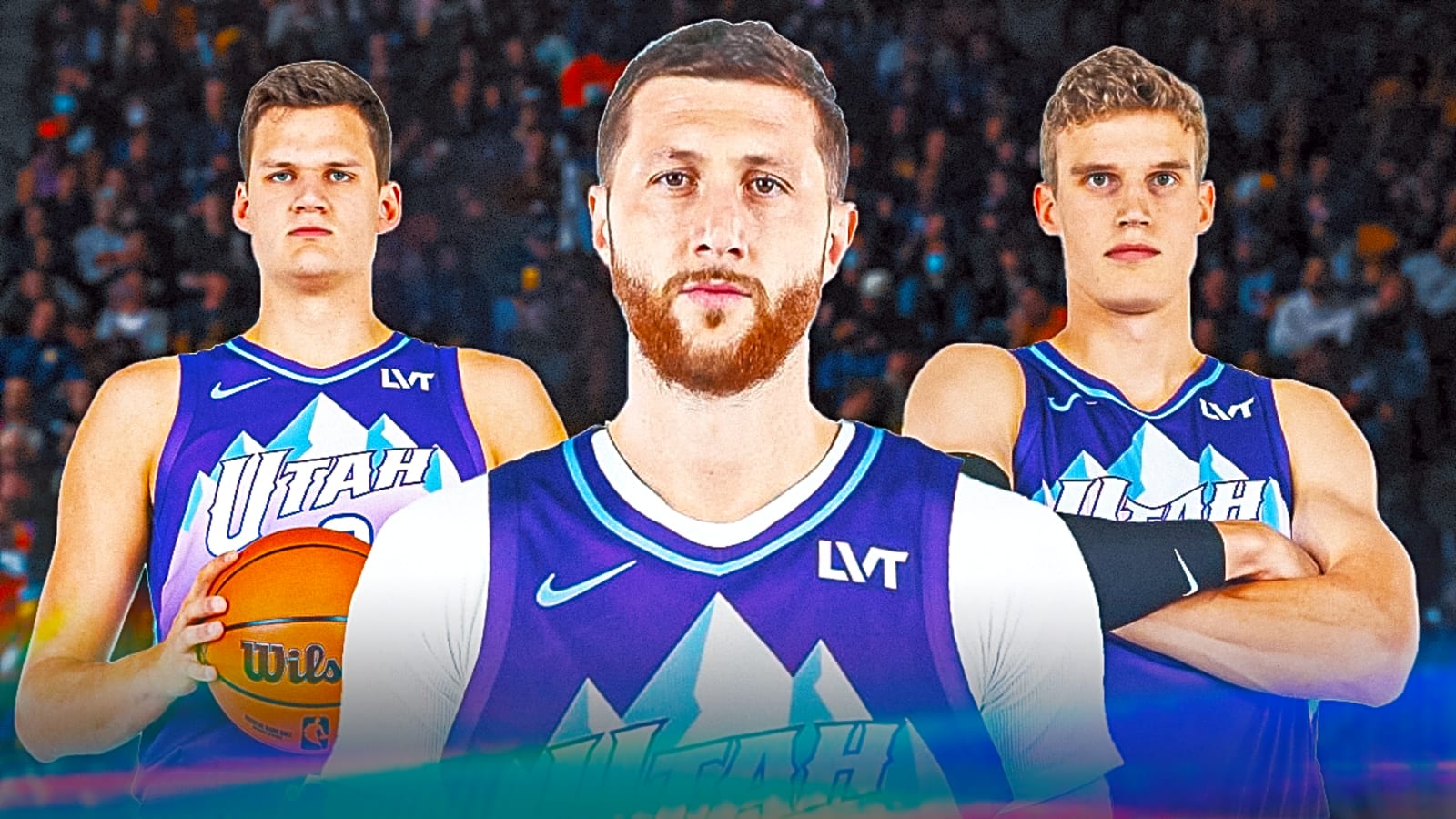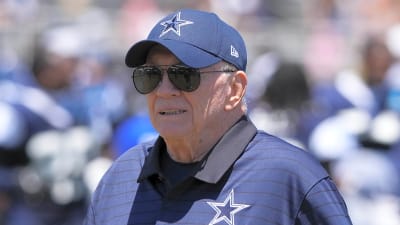
After ending the 2024–25 season with a franchise-worst 17–65 record and allowing 121.2 points per game, the Utah Jazz needed more than just another draft pick or quiet roster tweak. They needed a foundational adjustment. Instead of chasing flashy names or overcommitting their future, they made one move that was clean, effective, and deeply strategic.
Trading for veteran big man Jusuf Nurkic may not have stolen headlines, but it perfectly addressed the team’s needs on and off the court.
Veteran Exodus Paves Way for New Core
This offseason, the Jazz leaned fully into their rebuild, parting ways with key veterans who had once formed the locker room backbone. Jordan Clarkson, a fan favorite and Sixth Man of the Year in 2021, was bought out. In five seasons with Utah, he delivered clutch performances and high‑energy scoring, but at age 32, he no longer fit the franchise’s timeline.
The Jazz also traded Collin Sexton to Charlotte, moving on from another former cornerstone guard. More recently, veteran John Collins was sent to the Clippers as part of a three‑team trade. Last season, he averaged 19.0 points and 8.2 rebounds per game in just 40 outings, even while dealing with injury . Losing Clarkson, Sexton, and Collins cleared valuable roster spots and signaled Utah’s commitment to change.
In return for Sexton, the Jazz acquired a tough, experienced center in Nurkic. Meanwhile, the deal involving Collins brought in veterans Kevin Love and Kyle Anderson, reinforcing veteran presence without blocking younger players. Love provides shooting and championship experience, while Anderson contributes versatile wing skills and high basketball IQ. Together, these additions add structure to a roster now filled with first‑ and second‑year players looking for direction.
Reinforcing the Frontcourt with Grit
Utah’s frontcourt features two promising talents in Walker Kessler and Lauri Markkanen. Kessler has proven to be one of the league’s best young rim protectors, while Markkanen continues to be a reliable scorer and rebounder. What the team lacked was an enforcer. Someone who could box out heavy bigs, battle in the post, and take pressure off the younger players.
Nurkic brings that edge. A 7-foot, 290-pound presence in the paint, he does the dirty work that does not always show up in the box score. His physicality allows Kessler to roam more freely as a help defender and gives Markkanen more space to operate offensively. The trio now gives Utah a balanced mix of shot-blocking, floor spacing, and interior strength.
During the 2024–25 season split between Phoenix and Charlotte, Nurkic averaged 8.9 points, 7.8 rebounds, and 2.3 assists in just 20.8 minutes per game and shot 47.7 percent from the field. His rebound rate and passing ability stand out, especially the 2.3 assists per contest, which is well above average for a traditional big.
When he was with the Suns, he logged 9.2 rebounds and 8.6 points over 23.7 minutes, showcasing his physical play and ability to contribute across the board. This level of production in limited minutes highlights why Utah sees him as a key stabilizer. He can anchor a full 20–25 minute stint, boosting both the box score and the locker room when sharing the court with their rising young core.
A Mentor for the Next Generation
The Jazz drafted highly athletic forward Ace Bailey with the fifth overall pick and added shooting guard Walter Clayton Jr. at No. 18. They also retained young guards Keyonte George and Isaiah Collier. These players are rich in talent but raw in NBA experience.
Nurkic can serve as the mentor this team needs. He has spent a decade in the league, played in high-stakes playoff environments, and developed a reputation for being a reliable communicator on the court. His passing ability from the high post can open up off-ball actions for the guards and wings. His understanding of defensive positioning can help young players learn proper rotation and timing.
He is not a star, and he does not need to be. His value lies in providing stability. For a team building from the ground up, stability is gold.
A Rebuild With Clear Purpose
The Jazz could have opted to keep all their veterans and hope to sneak into the play-in tournament. Instead, they fully embraced a development-first approach. But unlike other teams that strip everything to the studs, Utah kept smart pieces in place and added a player who enhances the team’s structure.
They preserved future cap flexibility while opening up more minutes for their draftees. They did not trade away any of their core youth, nor did they mortgage future picks. Nurkic’s contract runs through 2026 with a team option, giving the Jazz financial control.
Just as importantly, the team sent a message that they want their young players to learn how to compete, not just play. This is not a tank job; this is a foundation being built one smart brick at a time.
Why This Move Stands Above the Rest
Of all the offseason moves the Jazz have made so far, bringing in Nurkic was the most balanced. It addressed a real weakness in their frontcourt and has brought in a player who will not demand touches or attention but will lead by example, and has made room for young players to grow while surrounding them with real NBA guidance.
It also helped set the tone. This is not a team drifting in uncertainty, but a team with a vision. Add in the steady hand of coach Will Hardy and the flexibility to make more moves next season, and the Nurkic trade becomes even more meaningful.
The Jazz may not win 50 games next season, but they are no longer flailing. They are building, and trading for Jusuf Nurkic was the perfect step forward.
More must-reads:
- Germany defeats Turkey for EuroBasket gold; Dennis Schroder named MVP
- New Hall of Famer won't get his number retired by any team
- The 'FBS animal teams' quiz
Breaking News
Trending News
Customize Your Newsletter
 +
+
Get the latest news and rumors, customized to your favorite sports and teams. Emailed daily. Always free!








